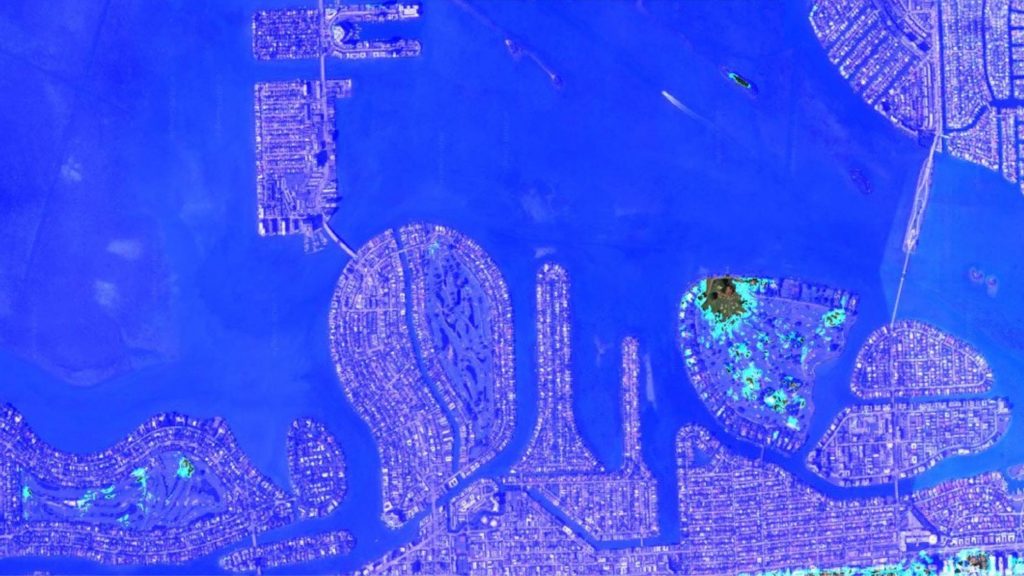A paper describing the assimilation of high resolution topography into 2D flood models.
In this paper we explore the optimum assimilation of high-resolution data into numerical models using the example of topographic data provision for flood inundation simulation.
First, we explore problems with current assimilation methods in which numerical grids are generated independent of topography. These include possible loss of significant length scales of topographic information, poor representation of the original surface and data redundancy. These are resolved through the development of a processing chain consisting of: (i) assessment of significant length scales of variation in the input data sets; (ii) determination of significant points within the data set; (iii) translation of these into a conforming model discretization that preserves solution quality for a given numerical solver; and (iv) incorporation of otherwise redundant sub-grid data into the model in a computationally efficient manner.
This processing chain is used to develop an optimal finite element discretization for a 12 km reach of the River Stour in Dorset, UK, for which a high-resolution topographic data set derived from airborne laser altimetry (LiDAR) was available. For this reach, three simulations of a 1 in 4 year flood event were conducted: a control simulation with a mesh developed independent of topography, a simulation with a topographically optimum mesh, and a further simulation with the topographically optimum mesh incorporating the sub-grid topographic data within a correction algorithm for dynamic wetting and drying in fixed grid models. The topographically optimum model is shown to represent better the ‘raw’ topographic data set and that differences between this surface and the control are hydraulically significant.
Incorporation of sub-grid topographic data has a less marked impact than getting the explicit hydraulic calculation correct, but still leads to important differences in model behaviour. The paper highlights the need for better validation data capable of discriminating between these competing approaches and begins to indicate what the characteristics of such a data set should be. More generally, the techniques developed here should prove useful for any data set where the resolution exceeds that of the model in which it is to be used. Copyright © 2002 John Wiley & Sons, Ltd.

